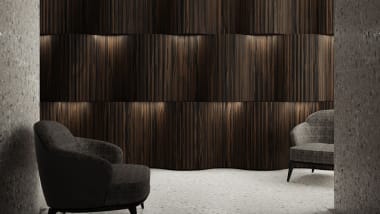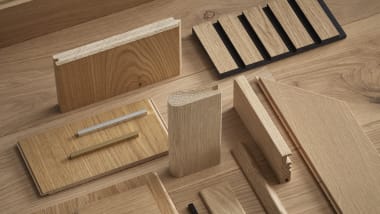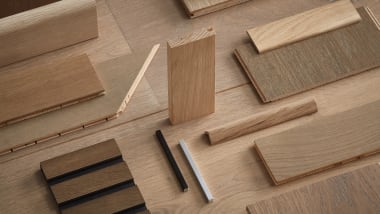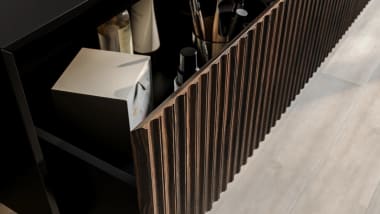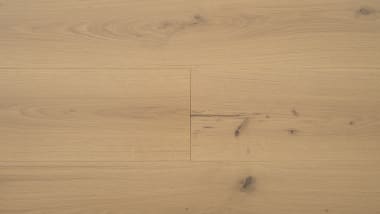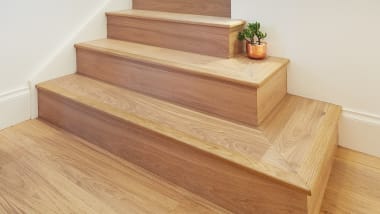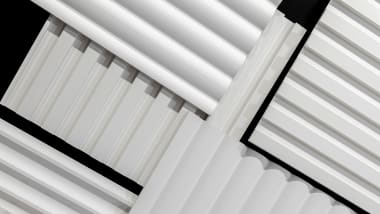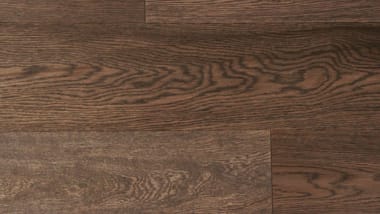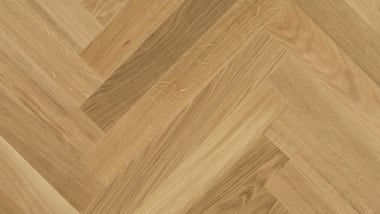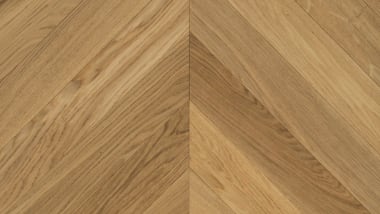100% Renewable Transparent Wood
1 Jul 2021
First introduced in 2016, transparent wood has been developed by researchers at KTH Royal Institute of Technology as an innovative and sustainable alternative structural material for building construction. Learn more about this fascinating new product that is sure to disrupt the built environment industry with its unique qualities.
**Following article sourced from Science Daily. Content edited for length and style.**
Original research reported by Advanced Science
HOW DO YOU MAKE WOOD TRANSPARENT?
The key to making wood into a transparent composite material is to strip out its lignin, the major light-absorbing component in wood. But the empty pores left behind by the absence of lignin need to be filled with something that restores the wood’s strength and allows light to permeate.
In earlier versions of the composite, researchers at KTH’s Wallenberg Wood Science Centre used fossil-based polymers. Now, the researchers have successfully tested an eco-friendly alternative: limonene acrylate, a monomer made from limonene.
The results were reported in Advanced Science:
“The new limonene acrylate is made from renewable citrus, such as peel waste, that can be recycled from the orange juice industry,” says the lead author, Ph.D. student Céline Montanari. An extract from orange juice production is used to create the polymer that restores delignified wood’s strength and allows light to pass through. The new composite offers optical transmittance of 90 percent at 1.2 mm thickness and remarkably low haze of 30 percent, the researchers report.
Unlike other transparent wood composites developed during the past five years, the material developed at KTH is ideal for structural use. It shows heavy-duty mechanical performance: with a strength of 174 MPa (25.2 ksi) and elasticity of 17 GPa (or about 2.5 Mpsi). Together with the ability to let natural light through the material, transparent wood can also store thermal energy. An ideal material for utilising within the built environment.
“Sustainability has been a priority for the research group”, says Professor Lars Berglund, the head of the KTH’s Department of Fibre and Polymer Technology. “Replacing the fossil-based polymers has been one of the challenges we have had in making sustainable transparent wood. Environmental considerations and so-called green chemistry permeate the entire work” he says. This new transparent wood is made with no solvents, and all chemicals are derived from bio-based raw materials.
“The new advances could enable a yet unexplored range of applications, such as in wood nanotechnology”, Berglund says. Possibilities include smart windows, wood for heat-storage, wood that has built-in lighting function—even a wooden laser.

TRENDS AND INNOVATIONS IN THE WORLD OF WOOD
The applications for a transparent wood material are fascinating and many - we can't wait to see where this research goes.
We love to stay on top of new innovations and trends in the industry - let us share them with you! Sign up to our fortnightly email newsletter and never miss a new trend, innovation, product and more.



